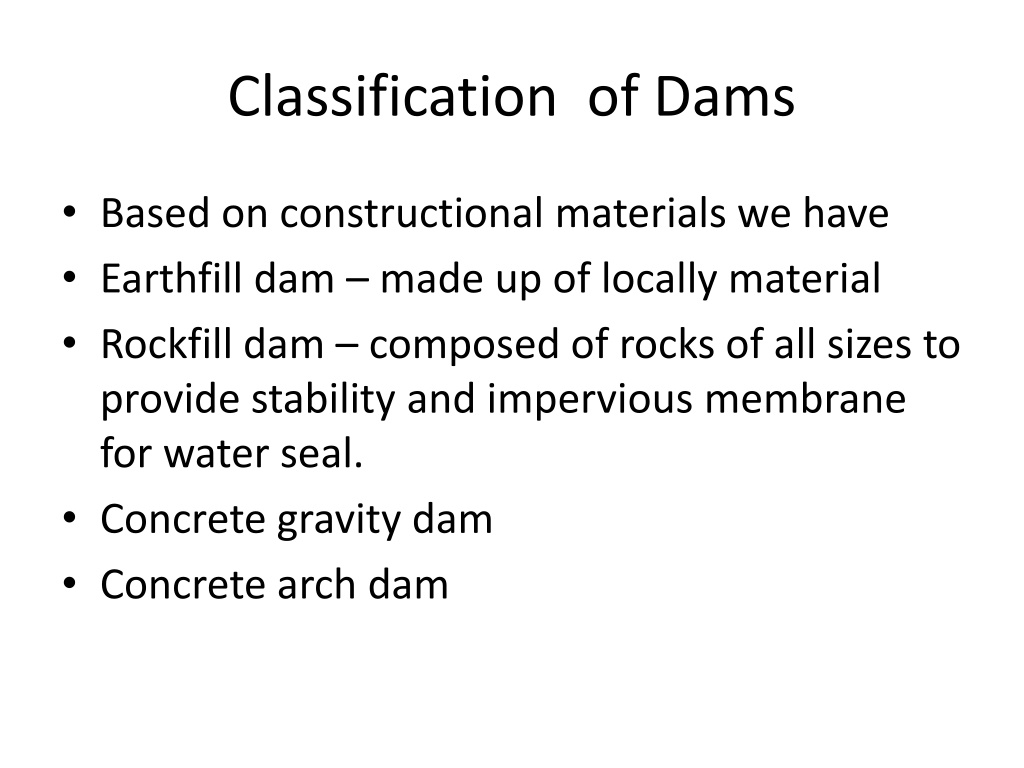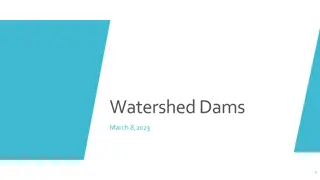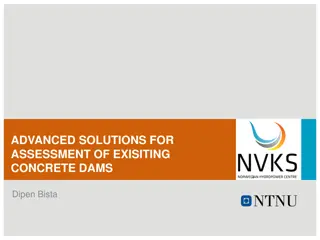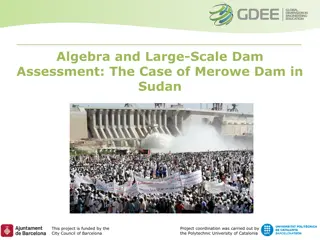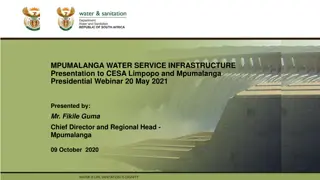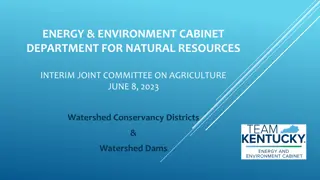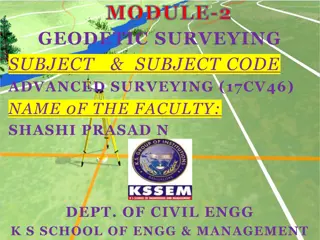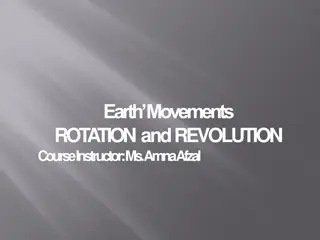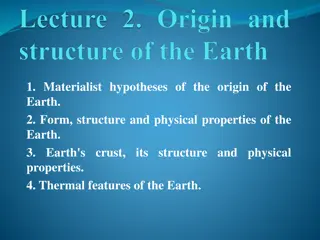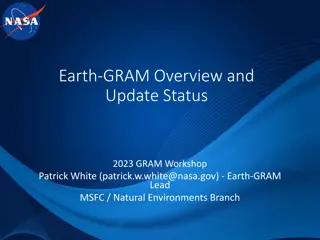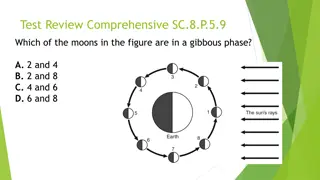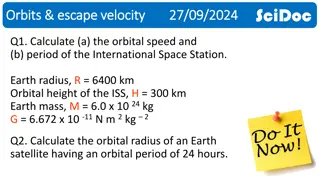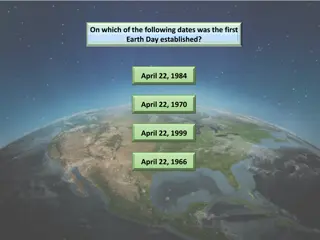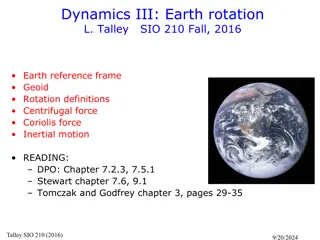Classification and Principles of Earth and Rockfill Dams
Classification of dams based on construction materials includes earthfill and rockfill dams made of locally sourced materials, concrete gravity and arch dams. Further classifications include homogeneous and zoned earth and rockfill dams. Principles of analysis and design for such dams involve site investigation, site appraisal, and studying various environmental parameters. Data collection such as stream flow records, flood records, wind records, and water quality records is essential in dam design.
Download Presentation

Please find below an Image/Link to download the presentation.
The content on the website is provided AS IS for your information and personal use only. It may not be sold, licensed, or shared on other websites without obtaining consent from the author. Download presentation by click this link. If you encounter any issues during the download, it is possible that the publisher has removed the file from their server.
E N D
Presentation Transcript
Classification of Dams Based on constructional materials we have Earthfill dam made up of locally material Rockfill dam composed of rocks of all sizes to provide stability and impervious membrane for water seal. Concrete gravity dam Concrete arch dam
Earth and Rockfill Dams Further classifications Homogeneous Constructed of only one materials usually of sufficiently impervious materials Zoned Composed of a central impervious core flanked by zones of considerably pervious materials called shells. Diaphram Involves the use of a pervious materials to form a water barrier.
Principles of analysis and design for earth and rockfill dams Site investigation Reconnaissance study To identify the needed data. Site apprasial Functional suitability of a site must be governed by the balance between its natural physical characteristics and the purpose of the reserviour catchment hydrology Study of certain parameters of the environment so that their normal behaviour can be built into the dam. E.g
Stream flow records Flood records Wind records Ground water data Evaporation rates Rainfall and temperature records Water quality records,etc
